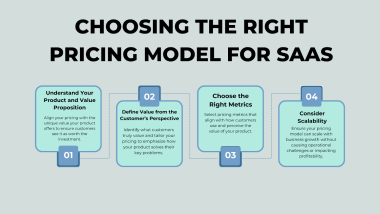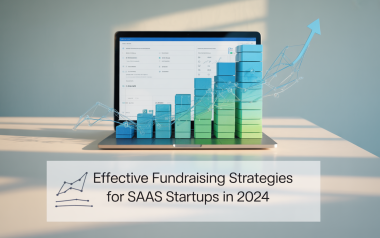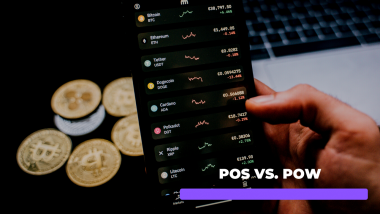Launching a SaaS product as a solo developer presents unique challenges that require strategic planning and efficient resource allocation to overcome. The journey from ideation to market entry demands wearing multiple hats—from developer to marketer to customer support—while carefully balancing limited time, budget, and technical resources.
Key Takeaways
- Market validation first: Research your target audience and validate your idea before investing significant development time
- Start with a minimal viable product (MVP) focused on core features that solve specific customer problems
- Leverage cloud infrastructure and open-source tools to minimize upfront costs and technical complexity
- Implement agile development practices to manage time effectively and adapt quickly to user feedback
- Utilize low-cost marketing channels like content creation, SEO, and community engagement to attract early users
Understanding the Solo Developer’s Challenge
As a solo founder, you’ll face four primary obstacles when building a SaaS product. Limited time forces you to prioritize tasks across development, marketing, and operations without a team to delegate to.
Budget constraints restrict your ability to invest in premium tools, extensive marketing, or additional help. Technical decisions become critical as the wrong tech stack can create maintenance headaches or limit scalability later.
Additionally, you’ll need to develop effective go-to-market strategies that don’t require large marketing teams or budgets. This multi-faceted challenge requires smart planning and execution to overcome.
Define Your SaaS Product with Precision
Begin by identifying a specific problem you’re uniquely positioned to solve. Conduct customer interviews and market research to validate that your solution addresses a genuine pain point people will pay to eliminate.
Create user personas that detail your ideal customers’ demographics, behaviors, and needs. This foundational work helps focus your development efforts on features that matter most to your target audience.
Analyze competitors to find gaps in existing solutions that your product can address. This research phase is crucial for solo developers as it prevents wasting precious development time on features users don’t actually want.
Build a Focused MVP
Your minimum viable product should include only essential functionality that solves the core problem for users. Resist the temptation to add “nice-to-have” features that extend development time without adding immediate value.
Choose a tech stack that balances your personal expertise with scalability needs. Popular choices for solo developers include:
- Frontend frameworks like React or Vue.js that offer component reusability
- Backend solutions like Node.js, Django, or Ruby on Rails that support rapid development
- Database options like PostgreSQL or MongoDB depending on data structure needs
- Cloud platforms such as AWS, Google Cloud, or Microsoft Azure for flexible hosting
Focus on creating a solid core experience rather than feature breadth. A well-executed simple product beats a buggy complex one every time.
Time Management Strategies
Implement time-boxing techniques to prevent scope creep and maintain forward momentum. Set aside specific blocks for different aspects of your business—development, marketing, customer support—to ensure balanced progress.
Use project management tools like Trello, Notion, or Jira to track tasks and prioritize work. Automating repetitive tasks through CI/CD pipelines, testing frameworks, and deployment processes saves valuable time.
Consider using the “two-week sprint” approach common in agile development. This structure helps maintain focus on short-term goals while making steady progress toward your larger vision.
Budget-Friendly Infrastructure
Cloud platforms offer pay-as-you-grow pricing ideal for solo developers launching with limited budgets. Start with free tiers from AWS, Google Cloud, or Microsoft Azure, scaling only as your customer base expands.
Leverage open-source tools and frameworks to reduce development costs. Many enterprise-grade solutions have free alternatives that work perfectly for early-stage products.
Consider serverless architectures that minimize infrastructure management and automatically scale with demand. These approaches allow solo developers to focus on product features rather than server maintenance.
Strategic Marketing on a Shoestring
Create valuable content that addresses your target audience’s pain points to attract organic traffic. Content marketing combined with SEO offers long-term visibility without ongoing advertising costs.
Engage in communities where your potential customers gather—Reddit, Stack Overflow, industry forums, or specialized Slack groups. Genuine participation establishes credibility and creates awareness without appearing promotional.
Launch with a beta program offering early access or discounted pricing in exchange for feedback. These early adopters can become advocates who help spread word-of-mouth recommendations.
Set up automated email sequences to nurture leads and onboard new users without requiring your constant attention. This automation extends your marketing reach while freeing up your time for development.
Implement Strategic Pricing
Research competitor pricing to position your offering appropriately in the market. Value-based pricing that reflects the problem you solve rather than simply undercutting competitors often leads to more sustainable businesses.
Consider offering tiered plans that allow users to start small and grow with your product. This approach creates natural upsell opportunities as customers derive more value from your solution.
Implement annual billing options with discounts to improve cash flow and reduce churn. Having cash upfront provides runway for continued development and marketing efforts.
Post-Launch Iteration
Collect user feedback through in-app surveys, support conversations, and usage analytics. Data-driven decisions about which features to improve or add next prevent wasting development resources.
Maintain a public roadmap to set expectations and demonstrate active development. This transparency builds trust with users and creates anticipation for upcoming improvements.
Implement a systematic process for bug fixes and feature releases to maintain product quality. Regular updates signal to users that the product is actively maintained, even by a solo developer.
Sources
softsuave.com – Can a Solo Developer Build a SaaS App?
producthunt.com – Advice for a Solo Developer Launching His First SaaS
hoffnmazor.com – Can a Solo Developer Build a SaaS App?
vivasoftltd.com – Can a Solo Developer Build a SaaS App?
rocketdevs.com – Can a Solo Developer Build a SaaS App






